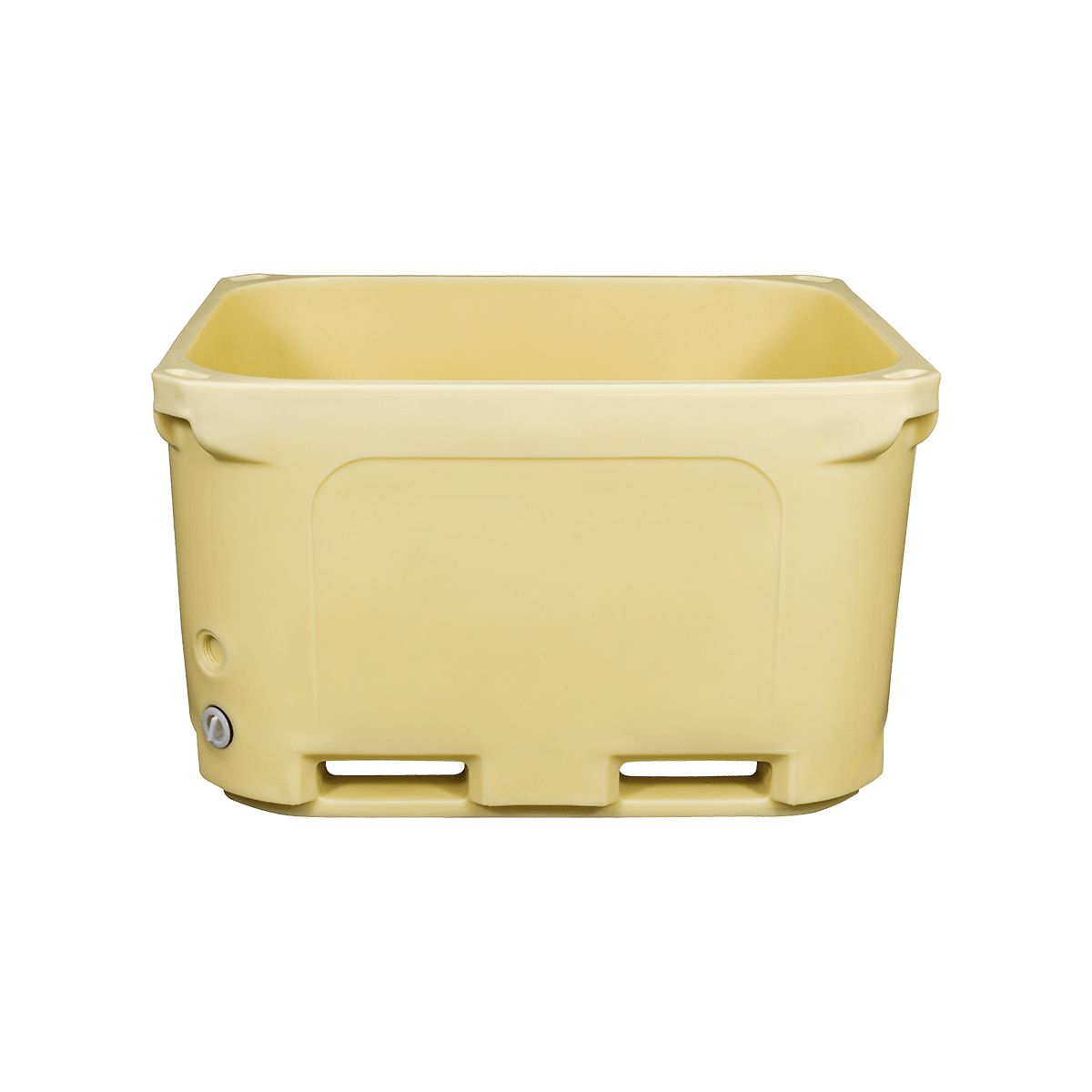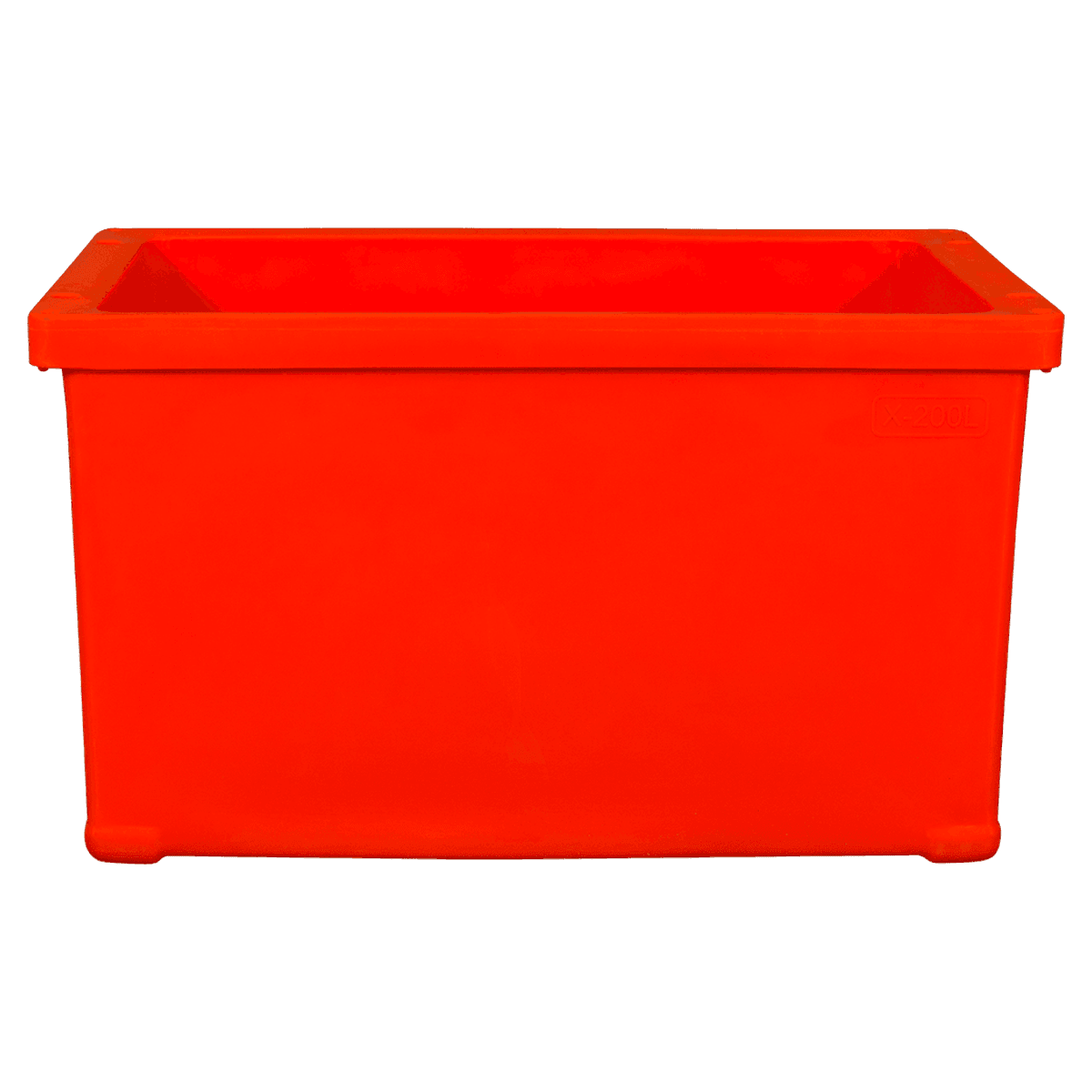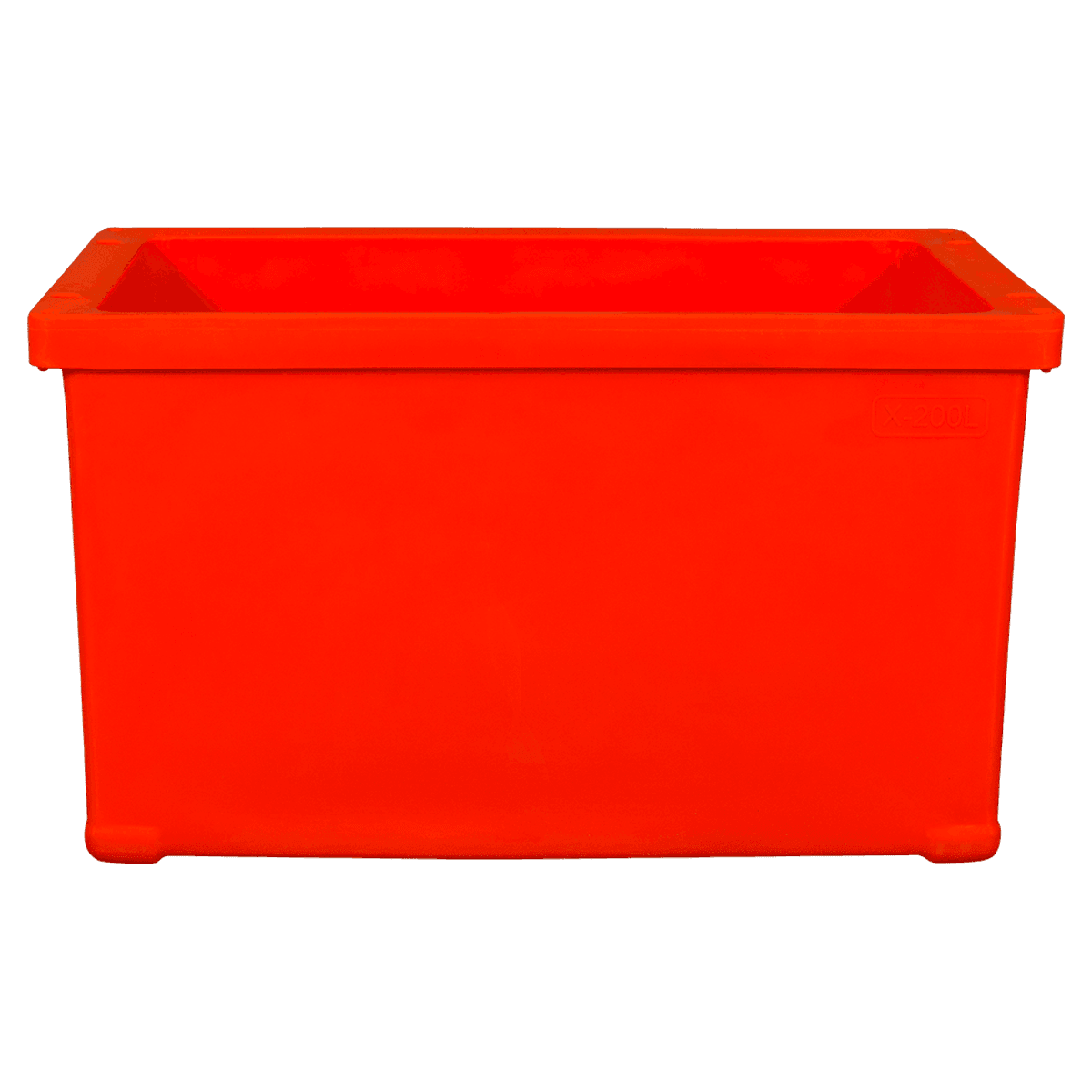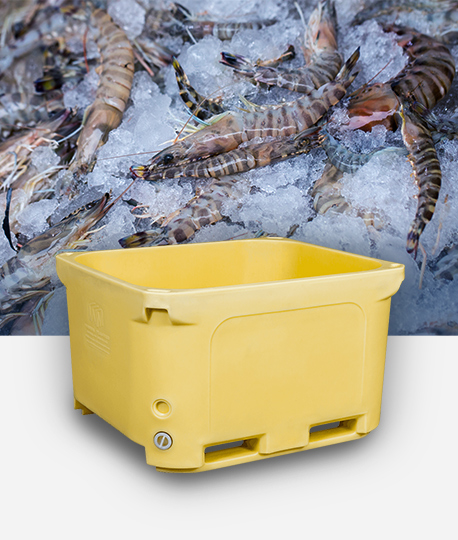Content
- 1 Introduction
- 2 Understanding What an Ice Cooler Box Is
- 3 Factors That Make an Ice Cooler Box Ideal for Camping
- 4 Choosing an Ice Cooler Box for Different Adventures
- 5 Maintenance and Longevity
- 6 Environmental Benefits of Using a Reusable Ice Cooler Box
- 7 Key Takeaways: How to Identify the Best Ice Cooler Box
Introduction
When planning a camping trip, fishing weekend, or any outdoor adventure, keeping your food and drinks fresh can be a real challenge. That’s where a high-quality Ice Cooler Box becomes essential. A portable ice box allows campers, travelers, and outdoor enthusiasts to store food safely, maintain cool temperatures, and prevent spoilage even under the sun.
But with so many options available, how do you decide what is the best Ice Cooler Box for camping and outdoor adventures? The answer depends on insulation quality, size, material, ice retention, and several practical design factors. In this detailed guide, we will explore all these aspects and help you choose the most efficient and durable camping cooler for your needs — without mentioning any specific brands.
Understanding What an Ice Cooler Box Is
The Purpose of an Ice Cooler Box
An Ice Cooler Box is an insulated, portable container used to store perishable food, drinks, and other temperature-sensitive items. It is commonly used for camping, hiking, fishing, picnics, and travel. Unlike electric fridges, it does not rely on electricity; instead, it uses ice, gel packs, or frozen water bottles to keep contents cool.
A good outdoor ice chest maintains a cold internal temperature for several days, even when exposed to heat or sunlight, making it indispensable for remote adventures.
How an Ice Cooler Box Works
The cooling performance of an ice box depends on its thermal insulation system. The walls and lid of a portable cooler are made of thick plastic filled with insulating foam — usually polyurethane or polystyrene. This material slows heat transfer, preventing warm air from entering and cold air from escaping.
The air-tight seal of the lid also plays a vital role. Once closed, it traps the cold air inside, maintaining the internal temperature for extended periods. The combination of foam density, lid seal quality, and wall thickness determines how long the box stays cold.

Factors That Make an Ice Cooler Box Ideal for Camping
1. Insulation Performance
The most crucial factor in choosing the best ice cooler box is its insulation ability. Strong insulation means the cooler can retain ice for days — sometimes up to five or more — depending on outside temperatures and how often the lid is opened.
Thicker insulation layers (typically 2–3 inches) slow heat exchange. Many coolers also have a double-wall vacuum design that enhances cold retention. A tight, well-fitted lid seal is equally essential for maintaining low temperatures.
Pro Tip:
To maximize performance, pre-chill the cooler and its contents before packing. Adding a layer of frozen items or large ice blocks at the bottom will extend the cold duration.
2. Capacity and Size
Cooler boxes come in a variety of sizes, and choosing the correct one depends on the type of activity and group size. A compact 10–20L camping ice box is ideal for short solo trips, while larger 70–100L coolers suit extended group adventures.
Here’s a useful reference chart:
| Trip Type | Recommended Capacity (Liters) | Ideal Use Case |
|---|---|---|
| Solo day trip | 10–20L | Drinks and snacks |
| Weekend camping (2–3 people) | 25–40L | Food and beverages for 2 days |
| Family camping (4–6 people) | 45–70L | Multi-day food and drink storage |
| Group expedition (6+ people) | 80–100L | Extended trips or shared cooler use |
Choosing the Right Size:
If you only camp occasionally or travel light, choose a medium-sized cooler that’s easier to transport. However, if you plan to stay outdoors for several days or with a large group, a larger capacity cooler ensures sufficient storage without overpacking ice.
3. Durability and Build Quality
Outdoor conditions can be harsh — rough terrain, direct sunlight, or accidental impacts are common. Therefore, a reliable camping cooler box must be made from sturdy, high-density materials such as polyethylene or polypropylene.
Look for reinforced corners, heavy-duty hinges, and strong handles that can handle heavy loads. The lid should also be durable enough to double as a temporary seat or table surface.
A smooth interior surface helps prevent bacterial buildup and makes cleaning much easier after your trip.
4. Ice Retention and Performance
The best Ice Cooler Boxes are capable of retaining ice for three to seven days, depending on several variables. Ice retention performance is influenced by:
- Ambient temperature (higher temperatures melt ice faster)
- Amount and size of ice used (larger blocks melt slower)
- Frequency of lid opening
- Insulation thickness and material density
Maximizing Ice Retention:
To improve longevity, avoid placing the cooler in direct sunlight and open it only when necessary. Using pre-frozen water bottles instead of loose ice can also help reduce mess and extend cooling duration.
5. Portability and Design
For outdoor use, portability is key. Lightweight coolers with ergonomic handles or wheels make it easier to move from car to campsite.
Some models include built-in drain plugs, which allow melted ice water to be emptied easily without tilting the box. Others may have dual handles or shoulder straps, depending on capacity.
A compact, well-balanced cooler also fits easily in car trunks, kayaks, or tents, which adds convenience during outdoor travel.
Choosing an Ice Cooler Box for Different Adventures
For Short Trips or Picnics
When planning a picnic or one-day adventure, a small portable cooler (10–25L) is sufficient. These lightweight boxes are easy to carry and perfect for keeping snacks, fruit, and beverages cold throughout the day.
They are often designed for quick use, featuring thin insulation but excellent mobility.
For Weekend Camping
For camping trips lasting two to three days, choose a medium-sized ice cooler box (25–40L). It offers a balance between storage capacity and portability, suitable for small families or couples.
To maximize space, pack efficiently — separate perishable items in airtight containers and layer ice evenly.
For Long Outdoor Expeditions
If you’re heading on multi-day adventures or camping with a group, a large ice cooler (60–100L) is a must. These models can store meats, seafood, vegetables, and beverages safely for several days.
Look for features such as enhanced insulation, reinforced lids, and drain systems to manage melting water easily.
For Fishing or Marine Activities
For fishing, boating, or beach use, durability and waterproofing are critical. Choose a cooler with non-slip feet, a tight lid lock, and UV-resistant materials to withstand sun exposure and salty environments.
A textured lid can also double as a seat or cutting board, making it a practical tool on the water.
Maintenance and Longevity
Cleaning Your Ice Cooler Box
Proper cleaning ensures hygiene and extends product life. After each use:
- Empty the cooler completely.
- Rinse with warm water and mild soap.
- Wipe down the inside with a soft cloth.
- Leave the lid open to air dry completely.
Avoid harsh chemicals or abrasives that could damage insulation layers or seals. A mixture of baking soda and water works well to remove lingering odors.
Storing the Cooler
Store your camping cooler box in a cool, dry, shaded area when not in use. Keep the lid slightly open to allow air circulation and prevent mold or odor buildup.
Avoid placing heavy objects on top of it to maintain the structural integrity of the lid and hinges.
Handling and Usage Tips
- Pre-chill the cooler and food before packing.
- Use large ice blocks instead of cubes for slower melting.
- Limit how often you open the cooler.
- Add a reflective cover when exposed to sunlight to reduce heat absorption.
These small habits can significantly improve the efficiency and lifespan of your ice chest.
Environmental Benefits of Using a Reusable Ice Cooler Box
A reusable ice cooler box offers more than convenience — it also benefits the environment. Unlike disposable foam boxes, durable coolers are long-lasting and recyclable, reducing plastic waste.
Using one high-quality cooler for years minimizes the number of single-use containers that end up in landfills. Many modern models also feature eco-friendly insulation materials that are non-toxic and biodegradable.
By choosing a sustainable portable cooler, you not only save money but also contribute to a cleaner, greener planet.
Key Takeaways: How to Identify the Best Ice Cooler Box
To summarize, here are the main qualities to look for when choosing the best ice cooler box for camping or outdoor adventures:
| Feature | Why It Matters | Ideal Specification |
|---|---|---|
| Insulation | Determines how long the contents stay cold | Thick foam or vacuum wall |
| Capacity | Matches group size and trip duration | 25–70L for most campers |
| Material | Affects durability and strength | High-density polyethylene |
| Portability | Impacts convenience and mobility | Ergonomic handles or wheels |
| Ice Retention | Keeps food safe and drinks cold | 3–7 days ideal performance |
| Drain Plug | Simplifies cleaning | Easy-release plug at the base |
Each of these features contributes to overall performance and user experience. The best cooler is not always the biggest — it’s the one that fits your specific camping lifestyle.


 English
English Español
Español عربى
عربى 中文简体
中文简体
-4.png)
-4.png)
-2.png)

-2.png)
-2.png)




